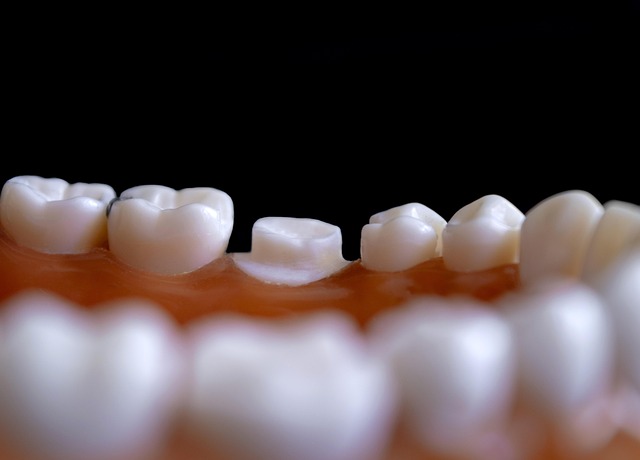Botox for muscle spasms offers hope for chronic migraine sufferers with related tension and pain, temporarily paralyzing overactive muscles to reduce migraines' frequency and intensity, providing long-term relief and improving quality of life.
Chronic migraine sufferers often experience debilitating muscle tension, leading many to explore effective treatment options. This article delves into the potential of Botox as a solution for chronic migraine-related muscle tension. We’ll explore how this popular cosmetic procedure can alleviate painful muscle spasms, offering relief and improved quality of life. Understanding the science behind Botox’s effectiveness and its benefits will help you decide if it’s the right choice for managing your condition.
Understanding Muscle Tension in Chronic Migraines
Chronic migraine sufferers often experience more than just intense headaches. Muscle tension and spasms are common symptoms that can significantly impact daily life. This condition, known as chronic migraine-related muscle tension, is characterized by persistent or recurrent tightness and pain in various muscle groups, especially around the head, neck, and shoulders.
Botox for muscle spasms has emerged as a potential treatment option, offering relief to those who haven’t found success with traditional migraine treatments. By injecting small amounts of botulinum toxin into affected muscles, Botox can help relax overactive muscle fibers, reducing the frequency and intensity of migraine-related muscle tension episodes. This non-invasive approach aims to disrupt the nerve signals that cause muscle spasms, providing a more targeted and effective solution for chronic migraine sufferers.
Botox: A Potential Treatment Option
Botox, a well-known cosmetic treatment, has emerged as a potential solution for individuals suffering from chronic migraine-related muscle tension. It offers a unique approach to managing muscle spasms and pain by temporarily paralyzing or relaxing specific muscles. This procedure involves injecting small amounts of botulinum toxin into targeted areas, which can significantly reduce the frequency and severity of migraines associated with muscle tightness.
For those who experience muscle spasms as a result of chronic migraines, Botox can provide much-needed relief. By easing muscle tension, it helps to prevent the onset of headaches and reduces the overall impact of migraines on daily life. Many patients report improved quality of life and better sleep patterns after undergoing this treatment, making it an attractive option for those seeking alternative methods to manage their condition.
The Science Behind Botox for Muscle Spasms
Botox, a protein derived from bacteria, has been a game-changer in treating chronic migraine-related muscle tension. It works by blocking the release of acetylcholine, a neurotransmitter that signals muscle contraction. This non-invasive procedure involves injecting small amounts of Botox into specific muscles affected by spasms. The science behind its effectiveness lies in its ability to temporarily paralyze or relax overactive muscles, providing significant relief from pain and discomfort associated with chronic migraines.
When used for muscle spasms, Botox disrupts the nerve-muscle connection, preventing excessive contraction. This interference allows muscles to release tension, reducing the frequency and intensity of migraine attacks. The results are not instantaneous; it typically takes a few days to a week for the effects to kick in, but the benefits can last for several months, making it a popular choice among individuals seeking long-term relief from debilitating muscle spasms related to migraines.
Benefits and Considerations for Botox Injections
Botox injections offer a promising treatment option for individuals suffering from chronic migraine-related muscle tension and associated muscle spasms. The key benefits lie in its ability to relax overactive muscles, providing significant relief from pain and discomfort. By blocking nerve signals that cause muscle contractions, Botox can help reduce the frequency and intensity of migraines triggered by muscle tension.
When considering Botox for muscle spasms related to chronic migraines, several factors should be taken into account. While it is generally safe and effective, individual results may vary. Consulting with a qualified healthcare professional is essential to determine eligibility and ensure proper administration. Additionally, understanding the potential side effects and the need for regular treatments is crucial. The benefits of Botox extend beyond pain management, as it can also improve overall quality of life by reducing migraine-related disability and enhancing mobility and comfort.
For those suffering from chronic migraine-related muscle tension, Botox injections present a promising treatment option. By targeting specific muscles, Botox can effectively alleviate pain and reduce the frequency of migraines. Backed by scientific research, this minimally invasive procedure offers significant benefits with minimal side effects, making it a viable choice for individuals seeking relief from debilitating muscle spasms associated with chronic migraines.
